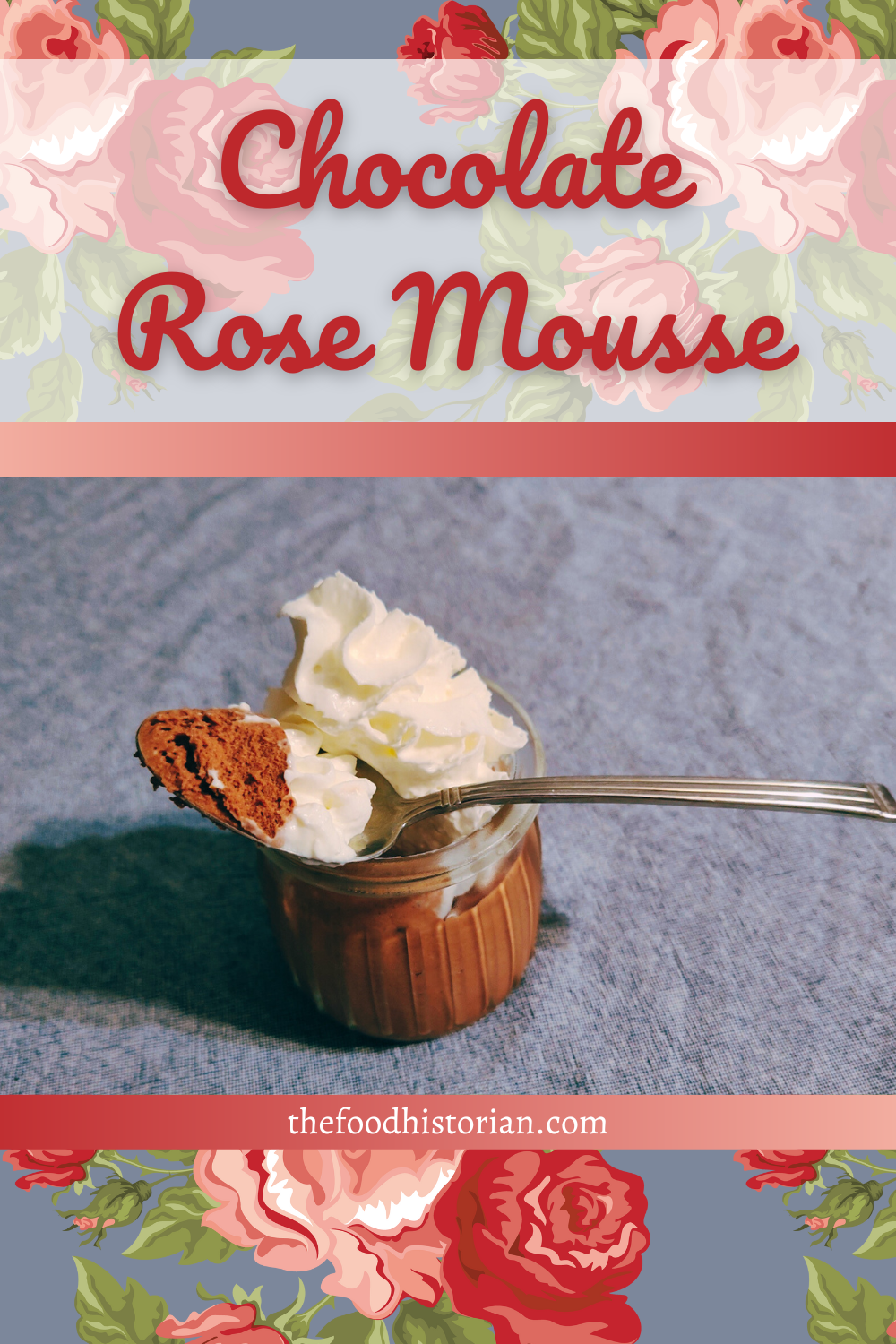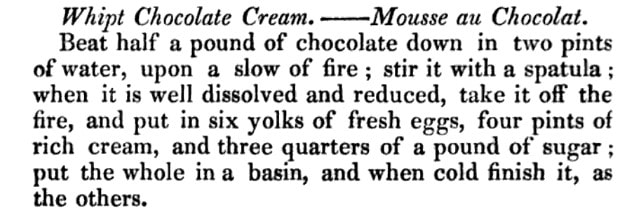|
Dear Reader, I finally did it, and not in a good way. A few weeks ago I hosted a beautiful (albeit hot and humid) French Garden Party, a belated celebration of Bastille Day, for approximately 30 people. The decorations were gorgeous and the food was fabulous and I did not take a single. solitary. photograph. My consternation was extreme. My beautiful screen porch was set with tables dressed in blue and white striped linens. It was BYOB - bring your own baguette, and folks brought fancy cheeses to go with the goat cheese and paper-thin ham I provided. I made homemade mushroom walnut pate and TWO compound butters - fresh herb and garlic, and lemon caper. I made beautiful French salads: potato and green bean vinaigrette, lentils vinaigrette with shallot and parsley and a hint of fresh rosemary, cucumber with tarragon and sour cream, celery with black olives and anchovies, peach basil. We had honeydew melon and both sweet dark AND Queen Anne cherries. We had wine and spritzers a-plenty. A friend brought chocolate cream puffs. I made lemon pots de crème and earl grey madeleines. But the absolute star of the show was this chocolate mousse, which I flavored with rose water. And since I had one little glass pot left over from the party, I snapped a few photographs a few days later to give you the incredibly easy recipe so that you, too, may feature this glorious star, and have your guests talking about it for days afterwards (no really - they did). But course, I wouldn't be a food historian if I didn't give you a little context, and I was curious about the history of chocolate mousse, so here you go: A Brief History of Chocolate MousseGoodness there is a lot of nonsense out on the internet about chocolate mousse! Way, WAY, too many sources say it was invented by Toulouse Lautrec, and that it was called "mayonnaise de chocolat." People. Chocolate mousse dates back to at least the 18th century, if not earlier, so it was around long before Monsieur Lautrec. I did, to my surprise, find a couple of recipe references to "mayonnaise au chocolat." It sounds so ridiculous as to be fake, but this was apparently a real recipe, albeit a name I can only date to the 20th century. One recipe is from a 1909 French cookbook, which calls for melting chocolate with egg yolks and adding beaten egg whites, and offers a clue to the name: it says at the end to mix the egg whites and the chocolate mixture "like ordinary mayonnaise." A few references in the 1920s and '30s, and then where it was probably popularized in America - a reference from a 1940 issue of Gourmet magazine (not readable online, alas - if anyone tracks down a hard copy of the original, let me know!). Another recipe is from a 1951 French cookbook, with not very detailed directions. According to my translation, "mayonnaise au chocolat" mixes melted chocolate with egg yolks and a few tablespoons of cream which is then cooked and then mixed with egg whites (unclear whether or not they are beaten stiff or not, but likely yes) and chilled. Another is from the 1961 edition of Mastering the Art of French Cooking by Julia Child and Simone Beck, which has a recipe for "Moussline au Chocolat, Mayonnaise au Chocolat, Fondant au Chocolat" (yes, three names for the same recipe!) the subheading of which reads "Chocolate Mousse - a cold dessert." Mousseline is actually a sauce mixed with whipped cream (for instance, you can turn hollandaise sauce into a mousseline by adding whipped cream), whereas mousse is a thickened chilled dessert made with whipped cream. The Julia Child recipe conflates the two, and her recipe calls for an egg yolk cooked custard mixed with melted chocolate, with whipped egg whites folded in. It is then served with crème anglaise or whipped cream. So, none of these recipes are truly chocolate mousse, because the mixtures contain no whipped cream whatsoever. But Toulouse Lautrec and a crazy-to-Americans name like "chocolate mayonnaise" is so much more dramatic than doing actual historical research and looking at primary sources. SIGH. People. We can do better. The earliest references to "chocolate mousse" I could find date to 1687 and refer to the habit of Indigenous peoples in Central America of frothing their chocolate beverages with either a mollinio or by pouring them between cups. A habit which Europeans apparently adopted. A 1701 French dictionary continues the reference to frothy chocolate beverages in its definition of "mousser" or "to foam." The earliest reference I could find to the dessert mousse we know and love today comes from the 1768 French cookbook, "L'art de bien faire les glaces d'office ou les vrais principes pour congeier tous les rafraichissemens" or The Art of Making Ice Cream Well, or the True Principles for Freezing All Refreshments. And lest you think it is just about ice cream, the extremely long title adds, "Ave Un Traite Sur Les Mousses," or "With A Treatise On Mousses." Chocolate mousse (as pictured above) is simply one of dozens of mousse recipes listed, but the early versions are quite similar to the modern. Grate the chocolate and melt it in a saucepan over low heat, then add cream, little by little, to thin it down. Pass it through a sieve, sweeten it, and then let cool and whisk to a foam. By the 19th century, we're adding egg yolks to make a smoother, more custard-y base, as you can see from this pair of recipes by early French restauranteur Antoine Beauvilliers, who published his 1814 "The Art of Cooking" as a French cookbook that became foundational to generations of French chefs and home cooks. English cooks, however, had access before that, judging by this 1812 recipe, which also called for egg yolks. We're still adding large amounts of whipped cream, though, keeping in classic mousse style. It took a bit longer for Americans to adapt to chocolate mousse, although they were prodigious chocolate drinkers, and certainly by the mid-19th century were consuming chocolate custards and ice creams. It wasn't really until (as far as I and the Food Timeline can tell) celebrity cookbook author and cooking school teacher Maria Parloa intervened that it got popular. The Food Timeline cites a 1892 article with Miss Maria Parloa lecturing on chocolate mousse, among other things, but I found a reference dating back to 1885 where she's lecturing on chocolate mousse in Buffalo, NY. However, it doesn't seem to be QUITE the same as we consider chocolate mousse today. Her 1887 recipe for it calls for freezing it like ice cream, albeit without stirring. Regardless of whether the recipe calls for egg yolks or not, or whether it's frozen or not, chocolate mousse in the modern style is easier to make than you'd think. Chocolate Rose Mousse RecipeA French Garden Party called for something easy to prepare and delicious for dessert. Because it was a garden party, I decided on chocolate pots de crème or mousse flavored with rose fairly early on. I used to dislike floral flavors, but after making an Egyptian rosewater dessert last year, and trying Harney & Sons seriously divine Valentine's Day tea, which was chocolate black tea with rosebuds (affiliate link), I was smitten. After realizing how many eggs I'd go through making a triple batch of both lemon AND chocolate pots de crème, I decided to do just the lemon (15 pots) and do the rest as chocolate mousse (15 pots). I found these adorable little glass pots with covers on Amazon, should you care to purchase them yourself from this affiliate link. I adapted several recipes online, and since I didn't want to mess with steeping the cream with rosebuds or rose petals or any other options, I decided to go the less expensive and way easier rose water direction. Rose water is used frequently in Middle Eastern cooking, and is often less expensive in the "ethnic" section than in the spice aisle. In preparing for the party, in which I was attempting a brand new recipe, I didn't want to try to mess with egg yolks any more than I already had to with the lemon pots de crème (which turned out only okay). So the simple mixture of heavy cream, dark chocolate, and a little icing sugar seemed best. I then added rose water to taste, which turned out about perfect. Here's the reasonable-serving recipe, which I tripled to get 15 generous servings for the party. This makes more like 6 servings, 4 if you're being greedy. 1 1/2 cups heavy cream (I used a local dairy brand, which is richer than national brands) 1 cup high-quality dark chocolate chips (like Guittard) 1/4 cup powdered sugar 1 teaspoon rose water Heat a saucepan of water over medium heat, bringing it to a simmer. Place a heat-proof bowl (glass or metal) over the simmering water and add 3/4 cup heavy cream and the chocolate chips. Stir gently until the chocolate chips are completely melted. Remove from heat. In a large bowl, beat the remaining 3/4 cup heavy cream until you get soft peaks, then add the 1/4 cup powered sugar and beat until you get stiff peaks. Add the rose water and beat to combine. 1 teaspoon should be enough to stand up to the chocolate, but taste the whipped cream. The rose water should be present, but not overpowering. If faint, add another 1/2 teaspoon and beat again. Then, using a ladle, add approximately 1/3 cup of the cooled chocolate-cream mixture to your whipped cream, one ladle at a time, and gently fold to combine using a rubber spatula. To fold, use the spatula to cut down the center of the whipped cream mixture and scrape up from the bottom. Rotate the bowl slightly, and repeat the action, until the chocolate is incorporated. Add another ladle of chocolate and continue until you have folded in all of the chocolate without totally deflating the whipped cream. Spoon into small glass jars or custard cups and refrigerate until ready to serve. It was so gorgeous. Light but rich, with a subtle hint of rosewater, which added fascinating depths to the chocolate. Folks gobbled it all up, and it was by far the best dessert of the party. The one lonely little pot left allowed me to take the above photo the following day, so you're welcome! I didn't serve it with whipped cream during the party, and it's admittedly a little overkill, but it does look pretty. So now you have the recipe AND some history, plus some food history mythbusting! So do yourself a favor and go splurge on some high-quality ingredients and treat yourself and your loved ones to this easy and stunningly delicious dessert. To quote Julia, quoting the French, Bon Appetit! The Food Historian blog is supported by patrons on Patreon! Patrons help keep blog posts like this one free and available to the public. Join us for awesome members-only content like free digitized cookbooks from my personal collection, e-newsletter, and even snail mail from time to time! Don't like Patreon? Leave a tip!
0 Comments
|
AuthorSarah Wassberg Johnson has an MA in Public History from the University at Albany and studies early 20th century food history. Archives
July 2024
Categories
All
|






 RSS Feed
RSS Feed